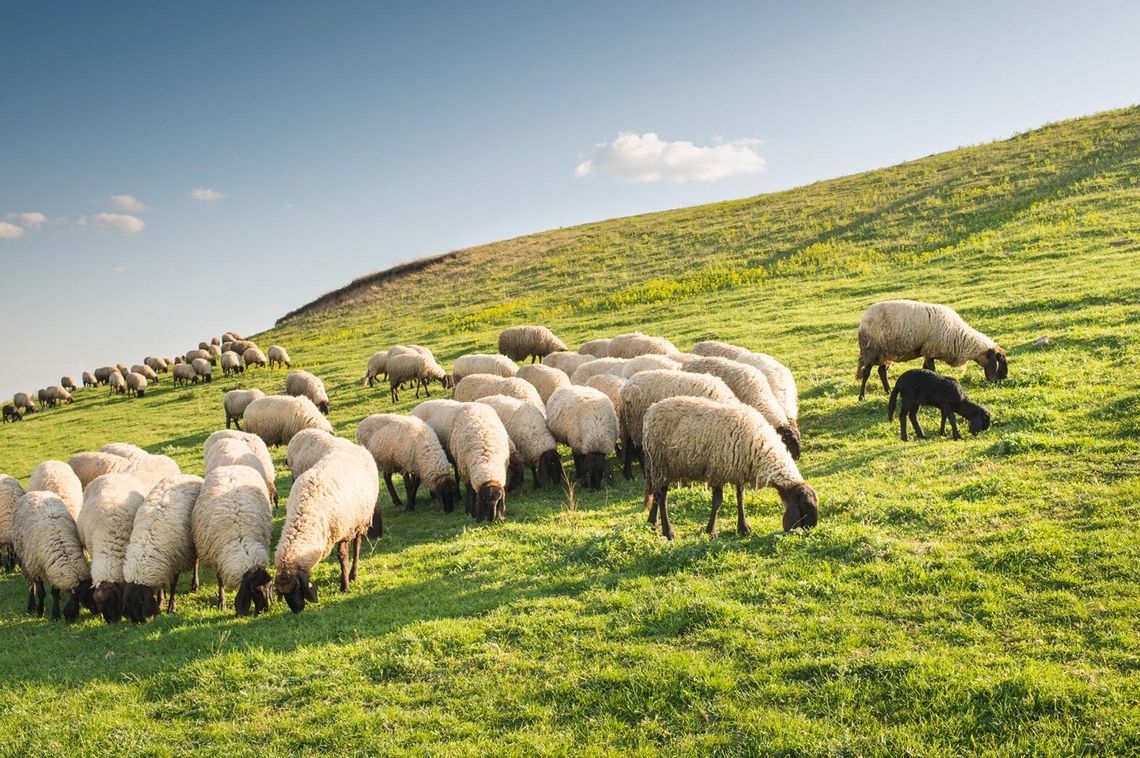By Doug Carter, Rankin County Extension Agent
Having been raised on a farm in rural Rankin County, I can easily say that Christmas is a very important time of the year for those of us involved in Agriculture. Some of us are finished with gathering crops, fall tillage and are anticipating next year’s crop. Some are feeding livestock daily. For many of us, Christmas comes in the middle of hunting seasons.
Most of us are from Christian families, so the reason we celebrate Christmas is no big surprise. As I look back, it seems the whole time I was growing up, Christmas was such a magical time of the year.
The setting of the Christmas story is in a stable, in a town in the Middle East called Bethlehem. A stable is something that we can easily refer to, since many of us grew up around farm animals. I can remember as I grew up, both of my grandfathers had stalls in their barns, with feed troughs in them.
Those in agriculture understand that a manger was not a bad place to be used as the resting place for a newborn child. According to the dictionary, a manger is a structure used to hold food for farm animals. The word comes from French managier (meaning “to eat”). Mangers or troughs, as they are called today, are mostly used in raising livestock.
We all know the story. The time came for the baby to be born and Mary gave birth to her firstborn, a son. She wrapped him in clothes and placed him in a manager, because there was no room for them in an inn.
Inns during that time were nothing like they are today. The occupants slept in rooms together, probably without any heat, except what was produced by their own bodies. Try to imagine all the snoring and other sounds, not to mention the smells, the diseases and the pests the travelers carried with them from all over the Roman Empire.
I believe the innkeeper did them a huge favor by placing them in a stable, away from the other travelers. He placed them with the animals, where there was hay for bedding, and the warmth of the animals could help take the edge off the cold of a long winter night. It is hard to imagine a more peaceful place.
It is so easy to see that all of this had to have been planned, and it came to set the stage for the story we know so well today.
After Jesus’s birth, a very bright star was seen in the eastern sky. There were shepherds living out in the fields nearby, keeping watch of their flocks, and an angel appeared to them. This part of the story confirms to me the apparent importance of these lowly people, who as shepherds, were producing sheep for the sheep’s wool. These shepherds were regarded as highly important members of society.
The actual story sounds like they all left their sheep and traveled to see the child. However, anyone that understands sheep will understand that some went, and some stayed with the flocks to guard them from the predators of the night. Just think of the story they had to tell their fellow shepherds when they returned to the fields.
During this time, agriculture was the occupation that sustained society, just as it does today. Then, it required most of the population to do all the work required, to produce the food and clothing they needed.
Jesus went on to live his life. The week he was crucified, Jesus entered Jerusalem riding on a donkey, a beast that was used to transport farm products.
Agriculture cannot be removed from this great story, and it has translated into the faith of so many people of the world today.
From the Rankin County Extension Service, Merry Christmas and Happy New Year.
Sources: Dr. Ernie Flint, “Christmas and Agriculture Have Always Been Close Allies,” Field Notes.


Comment
Comments